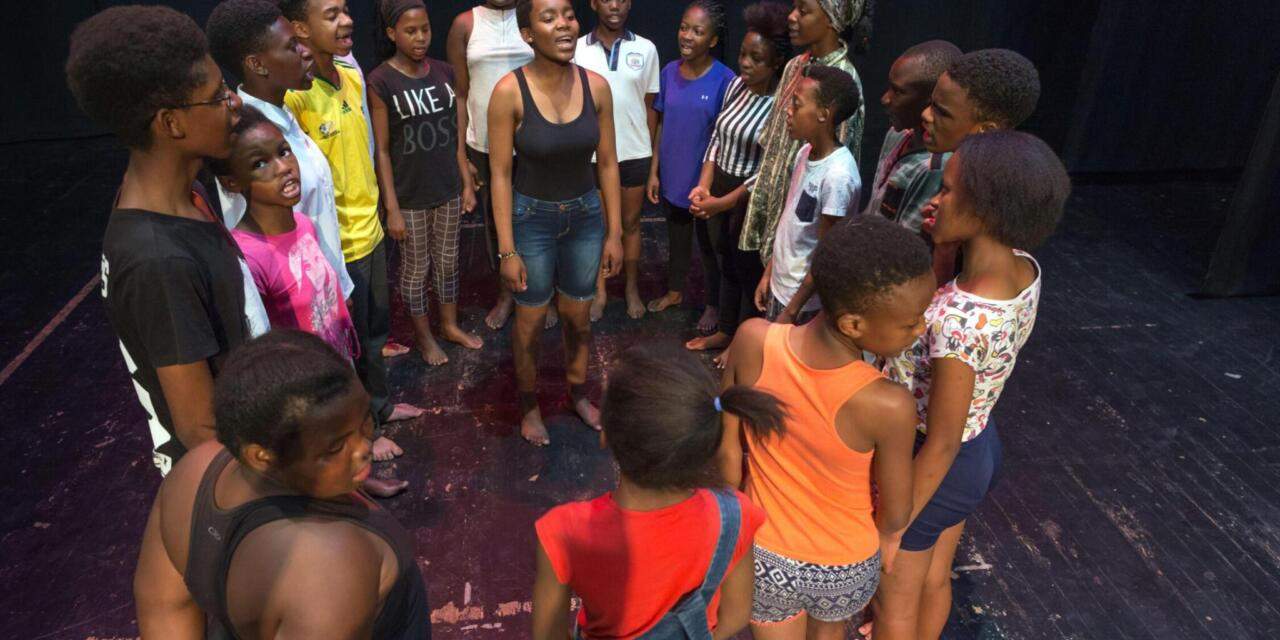Community, Leadership, Experimentation, Diversity, & Education
Pittsburgh Arts, Regional Theatre, New Work, Producing, Copyright, Labor Unions,
New Products, Coping Skills, J-O-Bs...
Theatre industry news, University & School of Drama Announcements, plus occasional course support for
Carnegie Mellon School of Drama Faculty, Staff, Students, and Alumni.
CMU School of Drama
Monday, September 19, 2022
How Drama Can Help Open Up Conversations on Suicide for Young People in Post-Pandemic Times
The Theatre Times: Suicide is the second highest cause of death in 15-to-29-year-olds around the world, according to UK charity Young Minds, an organization set up to help children and young people with mental health issues.
Subscribe to:
Post Comments (Atom)

5 comments:
It’s simultaneously important that this is talked about and that it is handled well. If mental health issues are under-discussed, society builds a mental stigma about said issues, which can make it difficult for kids to seek out help and get better. However, you also can run the risk of sensationalizing or romanticizing the concept of suicide, which is why 13 Reasons Why had to remove that scene. It’s necessary to strike that delicate balance, and make sure kids have the support and resources needed to get through these difficult conversations. A lot of the time students are just told that everyone goes through rough times and they need to tough it out, without any guidance on how to deal with complex issues like anxiety, depression, or suicidal thoughts. After the pandemic these have been increasingly prevalent issues due to the mental strain of isolation. It’s nice to hear that theatre can provide an outlet for people who need help and/or to spread awareness.
Conversations about suicide can be extremely constructive and helpful for young people who are struggling with depression and suicidal thoughts if said conversations are done correctly. The reason why a show like Thirteen Reasons Why failed and had to be edited is because it was misinformed and did not handle the subject matter delicately. It is certainly a bad idea to show graphic scenes of suicide because they will either inspire those who are considering it or traumatize those who have not considered it or perhaps have experience with the subject. A lot of media is promoting attending therapy and you see quite a few characters mentioning that they have hard times but they got help or went to therapy. Drama creates a space for young people to have a voice and find their community, so perhaps they will be more inclined to talk to people about the struggles they are having. Theatre for Young Audiences also allows for these themes to be spoken about in other words that can reach even younger people.
It makes me feel hopeful about the future knowing that there is this resource now for young people to hold conversations about suicide in a safe space. Or at the very least, a safer space to do so than if they were by themselves. More so than proving a space where these conversations can happen, it matters greatly that it is handled in a way that is both respectful and helpful. I’m pretty sure that I and most of the people who grew up in my generation can remember at least one anti-bullying assembly in which we all walked out of it more confused than before as to what we should do if this happens to us or to a friend or if we just see it happen. In a similar way, how this group chooses to have these conversations and respond to these works is going to matter just as much as setting up the actual event.
The reason I clicked on this artcle was because I was around a lot of people throughoit middle and high school that sturggled with suicide or sucidial thoughts including me. We had eachother but there was not a open conversation about it anywhere besides theater. But with that being said it was mimnal and there was a long way to go. This article mentioned the balance when dealing with these topics. They also talk about the environment of theater helps that. The fact that the theater world is the enviroment it is helps young students open up about these senstive issues and feel safe. If theater can create a space where students can go to find sucide prevention education and like the article said "explore these issues in a safe and supportive space.” these younger students might have not such high rates and feel like they have a place to go that they feel safe. I also feel like it is really important to create shows like this artcle talks about that conversations surrounds susucide in a way to reach young people.
Conversations around suicide are incredibly important to destroying the negative stigma surrounding mental health and supporting those who may be experiencing suicidal ideation, but these conversations can also be triggering and traumatic so it’s imperative that they be done correctly and carefully. It’s scary to think of the amount of people whose mental health has been made worse by the COVID-19 pandemic. Theater is about storytelling. I believe it’s important to tell all different types of stories no matter how uncomfortable you may be. Representation is important. It’s important to see different races on stage. It’s important to see different disabilities on stage. And it’s just as important to see mental health issues on stage. That’s real life. Exploring those topics through drama in a safe and supportive environment can be a beautiful and therapeutic experience. I hope this truly does help to broaden the conversation about mental health and ends any negative stigma surrounding it.
Post a Comment